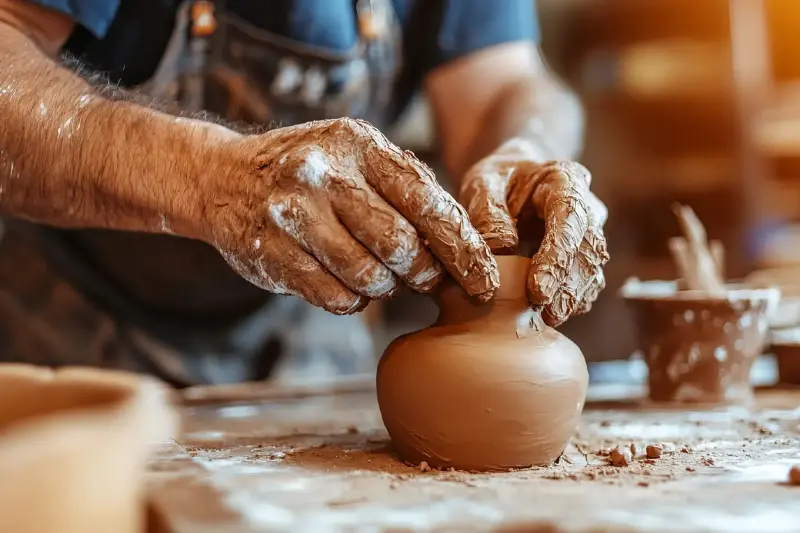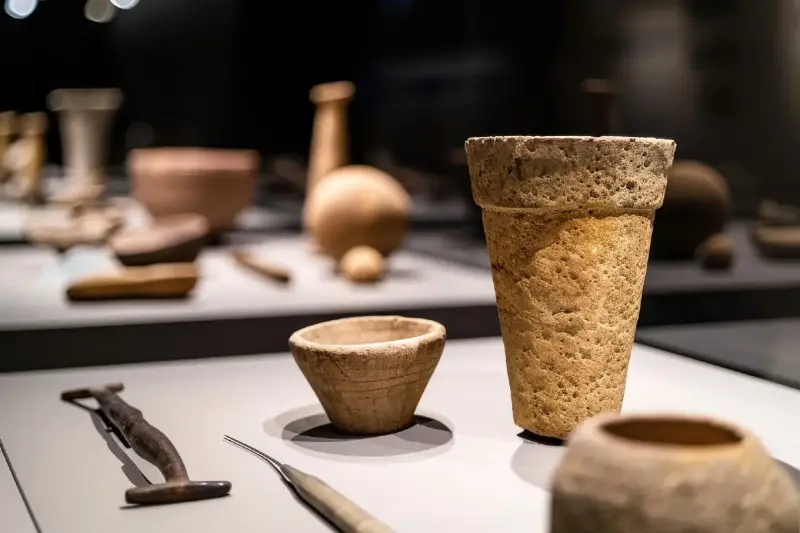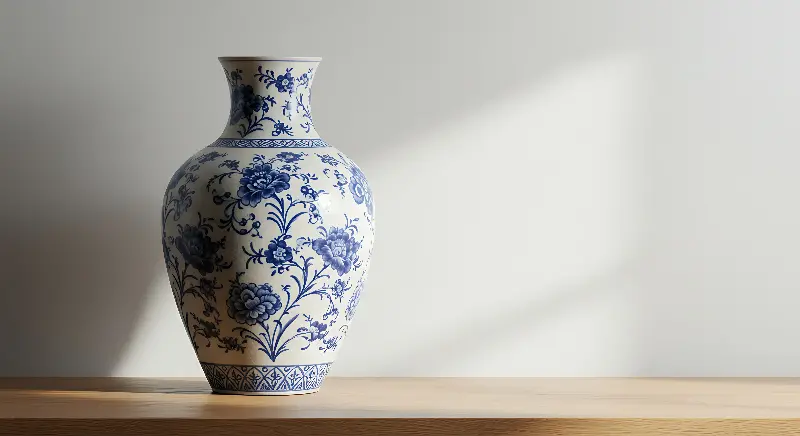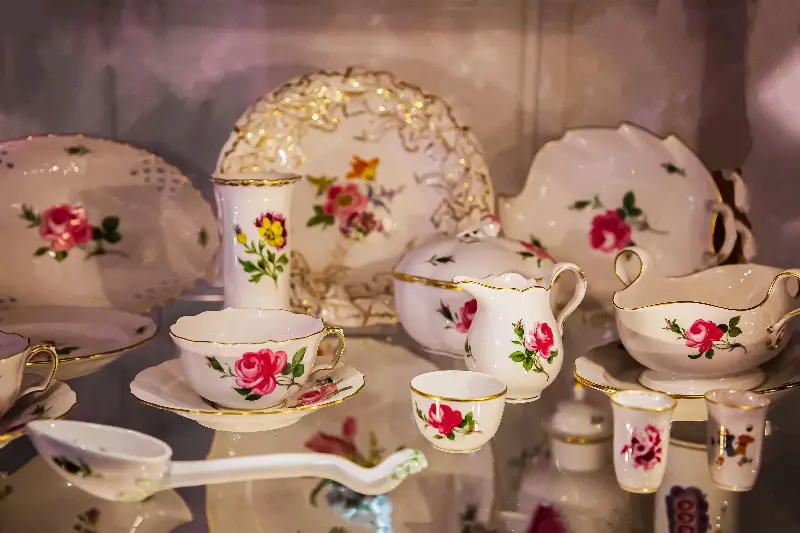From the humblest ball of wet earthen clay to the dazzling works in world-class museums, ceramics have accompanied humanity for thousands of years. The story of ceramics is, in many ways, the story of civilisation itself. More than just vessels for storage or decoration, ceramics capture cultures, technologies, and the imaginations of people from every corner of the globe. Their enduring appeal lies in both their simplicity and their endless capacity for reinvention, making them a bridge between the past and the present, and between communities separated by vast distances.

The Ancient Allure Of Clay
Long before iron or even sophisticated textiles, our ancestors discovered that earth itself could be moulded by hand and transformed by fire into objects of utility and beauty. The oldest known ceramics are small figurines found in Central Europe, dating back over 25,000 years. Early humans shaped these objects not only for practical purposes but for ritualistic and symbolic reasons. And from these primitive beginnings, the art of ceramics would gather technical sophistication and cultural importance at an astonishing pace.
By around 10,000 BCE in East Asia and 7,000 BCE in the Middle East, the potter's wheel revolutionised the making of containers and plates, allowing for greater speed, symmetry, and strength. Pottery emerged as one of humanity’s first industries—an invention so effective that the techniques unearthed from Neolithic sites barely differ from those used by skilled potters today.

Ceramics As Cultural Language
Every culture that embraced clay left its mark on ceramic art, both literally and figuratively. In ancient Greece, painted black-figure and red-figure vases told tales of gods, heroes and daily life, their shapes and motifs giving scholars clues about everything from ancient trade to Greek mythology. The Chinese, meanwhile, elevated porcelain to an art form, with delicate blue-and-white ceramics becoming coveted across continents.
Indigenous peoples from the Americas, Africa, and Oceania also harnessed local materials and traditions to create ceramics with unique regional signatures. From the symbolic geometric designs of Ancestral Puebloan pottery in the American Southwest, to the sleek, minimalist beauty of Japanese raku ware, earthenware became a canvas for stories, beliefs, and social values.
Some ceramics carried not just artistic value but diplomatic weight as well. The famous “Silk Roads” did not just trade textiles and spices, but also porcelain, faience, and glazed tiles—spreading inspiration and techniques across vast distances. It is no coincidence that the English word "china" is synonymous with porcelain, reflecting centuries of fascination for the innovations of East Asia.

Innovation In Material And Meaning
As centuries passed, the chemistry of clay became a playground for experimentation. Alchemists and potters alike pursued new colours of glaze and new firing techniques, often shrouded in secrecy. The result was an ever-expanding repertoire of styles, finishes, and functional possibilities.
European inventors in the 18th century finally cracked the code to true hard-paste porcelain, setting off a wave of creativity in workshops like Meissen and Sèvres. The world would later marvel at Art Nouveau and Art Deco ceramics, while modern potters play with everything from industrial-grade stoneware to experimental 3D-printed clay sculptures.
Notably, ceramic art can be wonderfully paradoxical: it is both delicate and enduring. Archaeologists learn about lost civilisations through potsherds painstakingly recovered from ancient sites. Unlike fabric or wood, fired ceramics outlast centuries buried underground, preserving images, recipes, and even fingerprints left by the makers.

Ceramics In Daily Life And Ritual
Ceramics have shaped more than the aesthetic tastes of societies—they have moulded the very rituals of daily life. The morning cup of tea, the communal meal served in a hand-painted dish, the ceremonial chalice raised in worship—all trace their roots to ceramic traditions. Each chipped mug or ornate vase whispers stories about its creators and users.
Moreover, some of the greatest innovations in ceramics have answered deeply practical needs. Ancient Egyptian and Roman aqueducts used ceramic pipes for water management, while glazed tiles cooled and decorated the grand structures of Persia and Andalusia. Even the humble roof tile or brick is the descendant of millennia-old ceramic ingenuity.

A Living Craft For A Connected World
Despite rapid technological change, the making of ceramics has never truly faded. Today, ceramicists combine tradition with personal expression, often passing down secrets from one generation to another, sometimes across continents via workshops and online communities. The modern revival of interest in craft and handmade goods has put ceramics back in the spotlight, as people crave a tangible, human connection in an increasingly digital world.
Collectors and everyday users alike marvel at the diversity of ceramic forms: from minimalist Scandinavian pots to vibrant African vessels, from exquisite Japanese tea bowls to playful contemporary sculptures. Everywhere, clay continues to bring people together—at the hearth, the dining table, or the art gallery.
In a world so often divided by borders, language, and history, ceramics remind us of our shared humanity. Just as the clay unites earth, water, air and fire, so the art of ceramics unites generations, cultures, and hearts—testament to the enduring creativity that makes us truly human.
